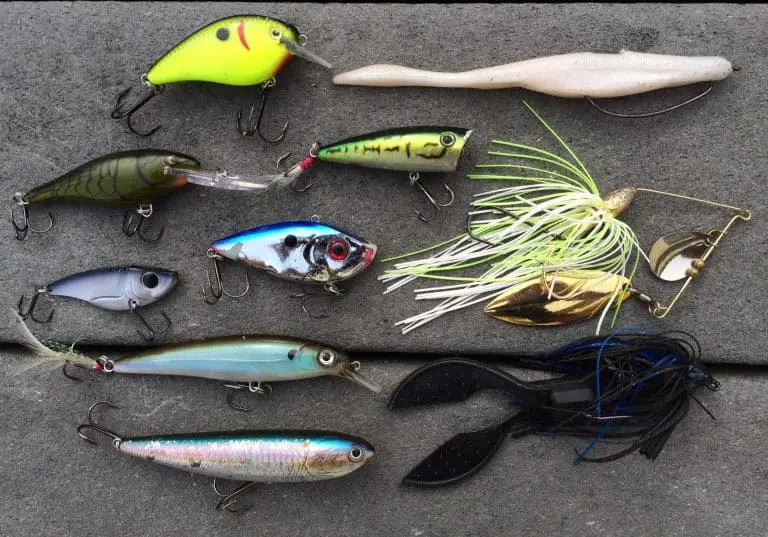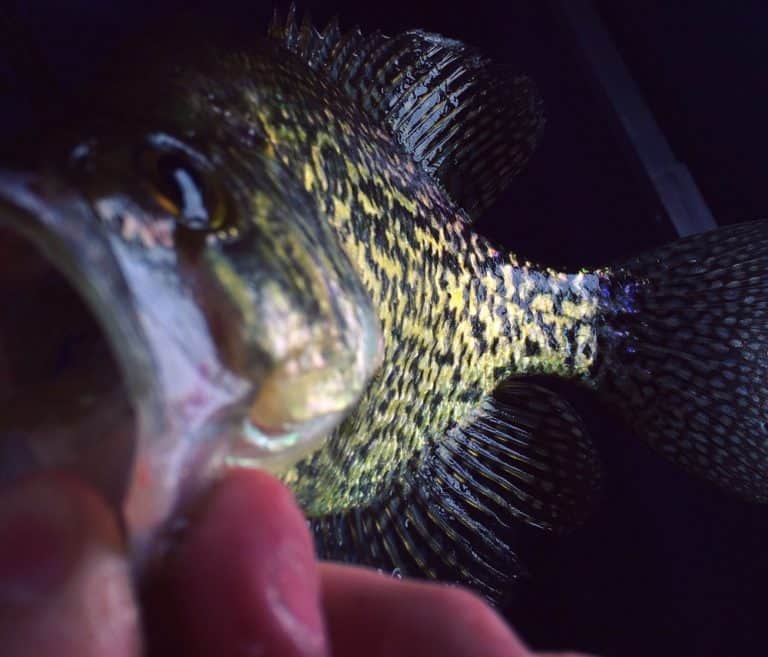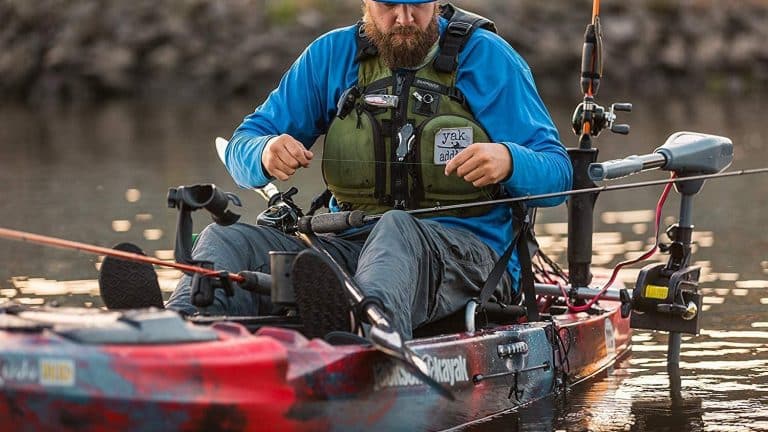How To Hold Catfish & Do They Sting?
Introduction
There are several ongoing debates about catfish and the dangers they present; the lack of clarity in the biological and medical world further cloud the issue.
We will explore some of the debates about how to hold catfish safely, and the common questions; do catfish sting? And do catfish have teeth?
We will also review the best safety protocols to apply when handling or interacting with catfish.
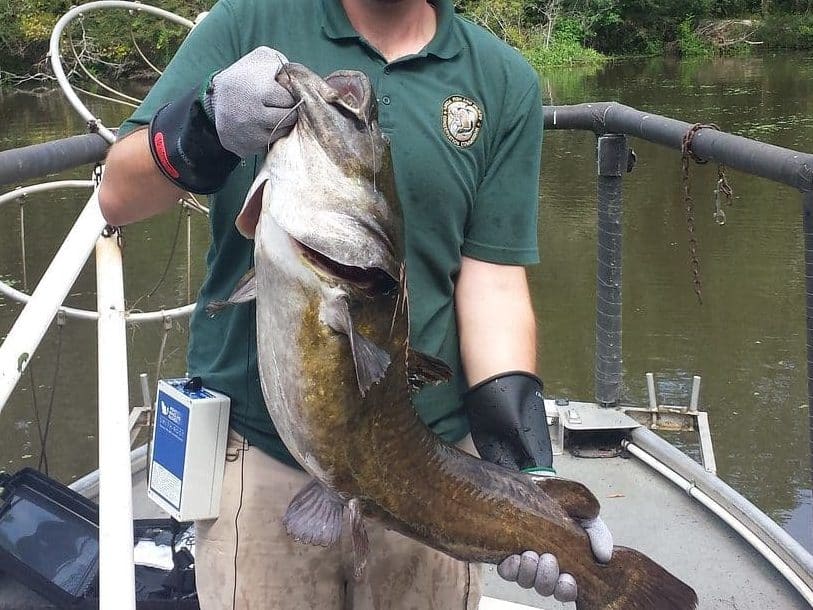
You will usually catch catfish in the coastal or inland waters of almost every continent. They gravitate to holes and the deeper sections of lakes, rivers, and ponds. In coastal waters, you can find them near deltas or estuaries. Catfish can get enormous. A giant catfish caught in the Mekong River in Thailand measured 270 CM (9 ft) long and weighed 293 KG (646 lbs). That’s more than a grizzly bear.
Despite the massive size of that fish, it would pose absolutely no danger to you unless you threw out your back while trying to lift it, but catfish can be dangerous to you.
The Wilderness and Environmental Medicine Journal documents where a man in Brazil died from injuries sustained from a catfish he caught when one of its spines got stuck in his chest. Such rare cases bear similarity to the bizarre stingray accident that tragically took Steve Irwin, the Crocodile Hunter’s life.
Surprisingly enough, the most dangerous catfish are the smaller ones, with a length of approximately 8 CM (3 Inches). It must be evolution’s way of protecting the most vulnerable of the species. Catfish become less preyed upon by predators such as bigger fishes and waterfowl as they grow in size.
What makes the smaller, younger catfish dangerous are sharp barbed spines located on the front of both the dorsal fin sticking up at the top and the pectoral fins just below the gills. If the catfish is held incorrectly or is wiggling in proximity to you, the barbs can cut you. They can detach and end up lodged in your flesh or slice and pierce your skin.
The man who died in Brazil from the catfish spine puncture experienced internal bleeding. The venom on the spines prevents blood from clotting and causes excruciating pain.
As catfish get older and increase in size, the spines lose the barbs. They become smooth and curved. They no longer pose a threat to people holding them.
Do Catfish Sting?
Before we look at how to grab a catfish, let’s review the stories about the catfish’s ability to sting. Some claim the whisker-like protrusion or barbels located around the mouth of catfish can sting you. That claim is inaccurate. Catfish only use the barbs to help them find food as they swim close to the floor of bodies of water.
This rumour may have emerged from the stinging sensation induced when a catfish’s barbed spine pierces or slices your naked skin. Healthcare professionals also refer to these injuries as stings, further blurring any clarity around the question.
Do Catfish Have Teeth?
Catfish have teeth, but they swallow food whole using suction and gulping. They do not have incisiform-like (incisor shaped) teeth used to cut or chew. Catfish use their teeth for gripping prey and turning food to enable easy swallowing.
Catfish have thousands of tiny sandpaper-like teeth pointing inwards so that they act as a trap. The teeth make it easy for food to come into the mouth but difficult to exit the mouth.
We have written an article on what catfish like to eat.
How To Hold a Catfish
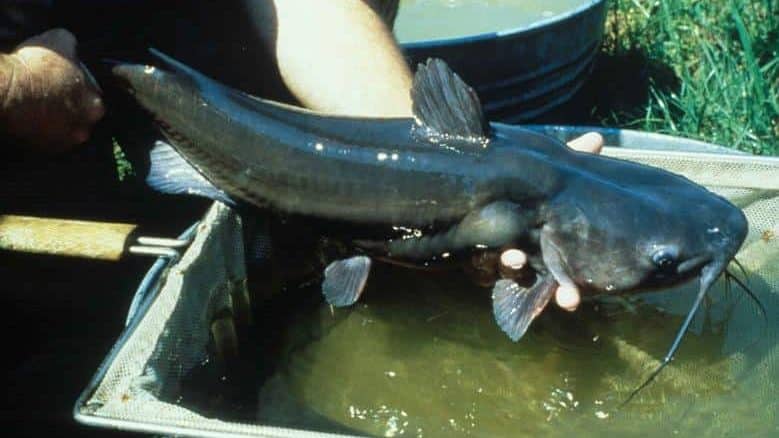
There are many ways to pick up and hold a catfish. The safest thing to do is to wear fishing gloves that protect your arms from slices and pokes. It is not always necessary, but you can use a fish gripper that attaches to the fish’s lower lips. Once you fasten the gripper, you can hoist the catfish with one arm (you can achieve the same effect carefully using your thumb inside the catfish’s mouth).
A freshly caught fish is naturally slippery. Mud from the water will make it more slippery, and it will make sudden wriggles to free itself. If you do not have gloves or a fish gripper; then, check out these two bare-hand techniques below.
- Grab the fish by the back and side.
- When you remove a catfish from the water, its fins instinctively extend.
- The extension creates space below the dorsal fin.
- Ensure your fingers are always behind the fins, away from the spines.
- Wedge your hand under the dorsal fin placing your thumb on one side of the fish and your fingers on the other side.
- Grip the fish gently and carefully to prevent getting poked.
OR
- Hold the catfish from underneath.
- Cover the fish’s belly with your palm.
- Bring your thumb up on the opposite side a safe distance from the dorsal fin spine.
- Carefully place your fingers behind the pectoral fin spines out of reach of the barbs.
- Pinch the pectoral fin opposing your thumb between your middle and index finger for added control.
- The bones behind each pectoral fin are perfect for gripping a medium-sized catfish that is difficult to manage with one hand.
- Use your other hand to support the catfish holding it at its narrowest section, just before the caudal fin or tail.
Exercise care and caution in releasing the fish, ensuring your fingers are out of range of the spines at all times.
How to hold catfish videos:
Conclusion
Catfish do not sting in the conventional sense of pumping venom into your body using a stinger, and they do not emit any form of electric shock or toxic substances from their whisker-like barbels.
If you are cut or pricked by a catfish, expect to feel stinging pain. Catfish have teeth, but they do not bite or chew. Their tiny teeth trap food inside their mouth and prevent it from falling or swimming out.
The sharp barbed spines located on the outer edges of the dorsal and pectoral fins of catfish can inflict painful wounds. The sharp barbs become rounded and dulled over time, so they only exist on the smaller, younger catfish.
To avoid being hurt, follow safety protocols such as using fishing gloves (spearfishing gloves are often thick) and fish grips. Exercise care to prevent touching the front edges of the dorsal and pectoral fins. Contact with the spine puts you at risk of being cut or pierced.

